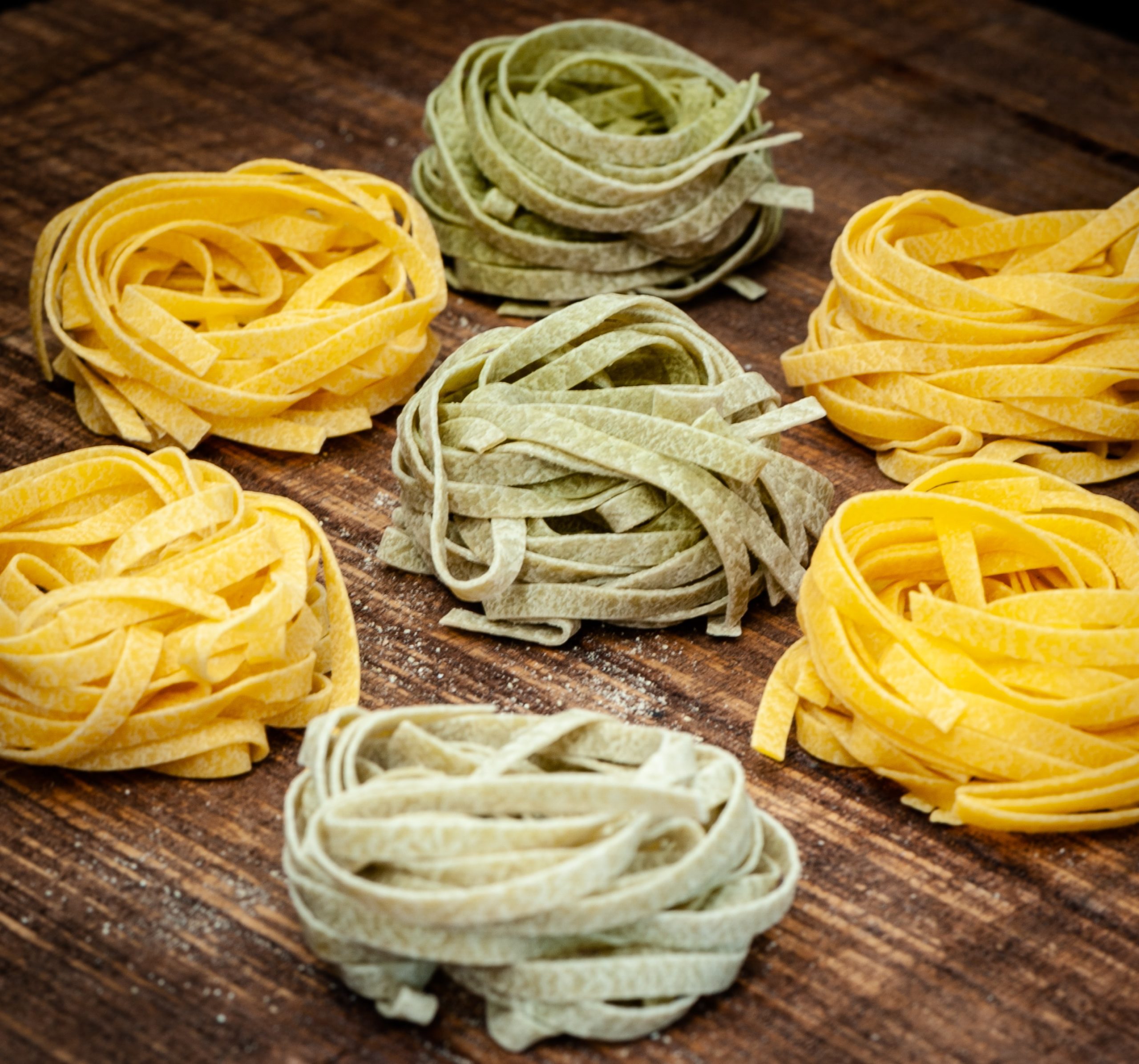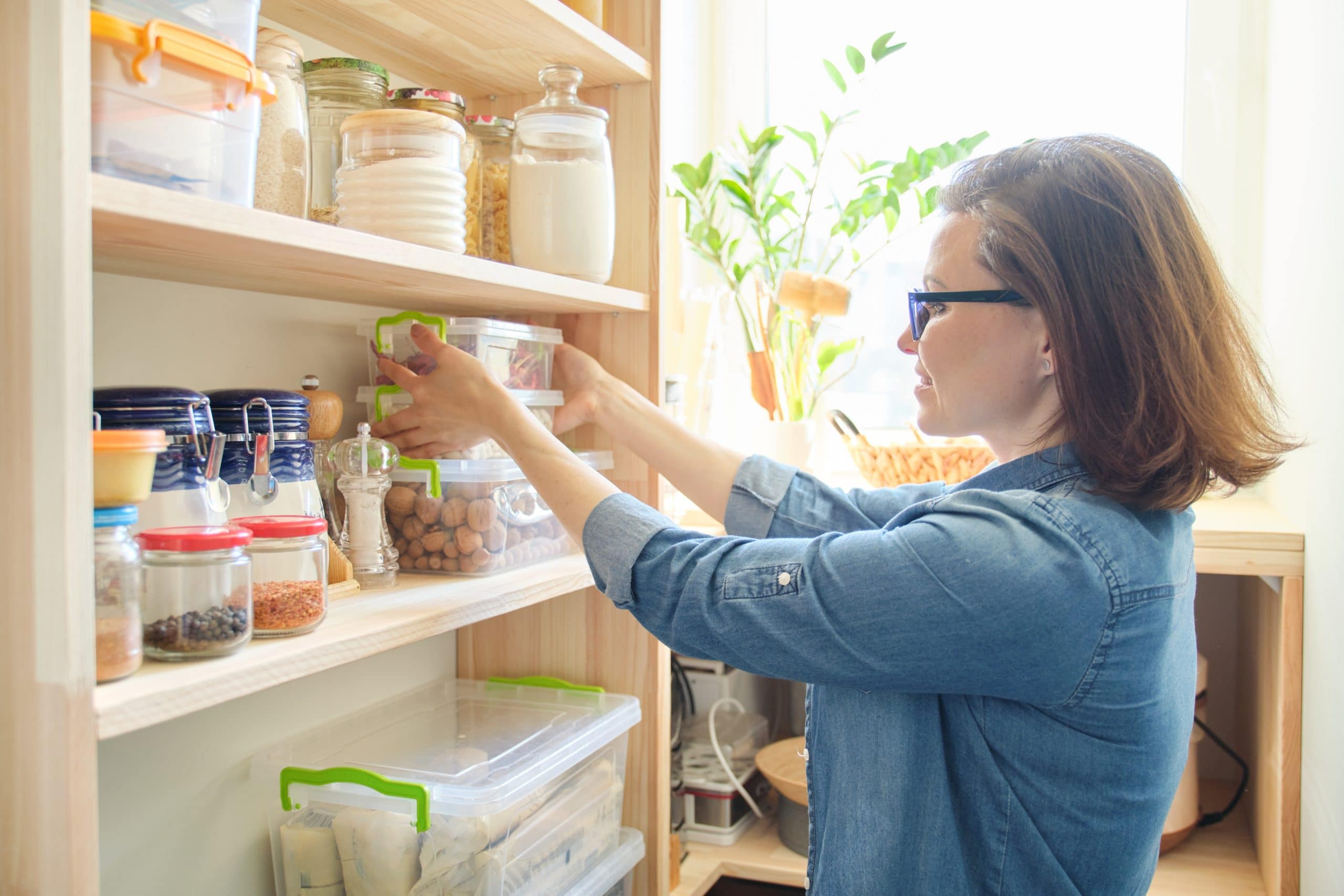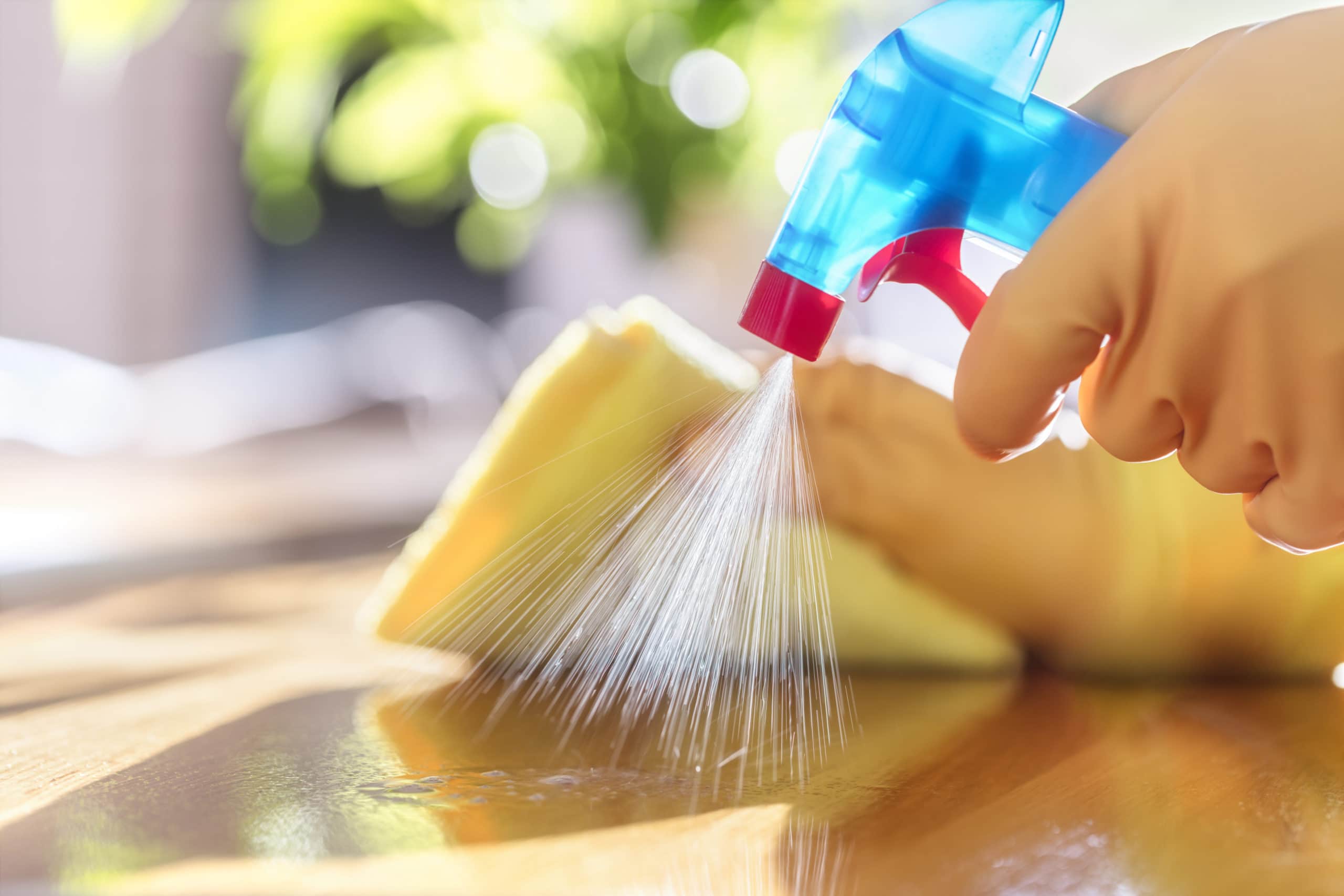Chances are, you have a box of pasta (or many!) stashed in your pantry right now. While an extra box of pasta may be great to have on hand for a quick meal with your favorite jar of sauce, you can also get creative to expand your recipe repertoire. Here are 6 recipes to try at home with an extra box of pasta you have on hand!
Pasta Salad
Nothing screams summertime quite like a big bowl of pasta salad! We love the versatility of this dish. You can nearly add anything else that you also have stashed away in your pantry. You can opt for a more traditional pasta salad, like this Classic Macaroni Salad from Taste of Home, or this Sun-Dried Tomato, White Bean, and Goat Cheese Pasta Salad Recipe from Half Baked Harvest. Try one as a side dish for your next cookout with a box of macaroni or rotini noodles!
Rigatoni Alla Vodka
No sauce? No problem! What if we told you that you can easily create a delicious homemade sauce in minutes? Making your own vodka sauce can be intimidating at first, but we promise that this homemade sauce will rival your favorite jarred sauce. You’ll want to make this again and again! We love this Easy Vodka Sauce recipe from Bon Appetit.
Mac & Cheese
Use an extra box of macaroni or cavatappi to create the ultimate comfort meal! We love adding breadcrumbs on top of our Mac & Cheese for texture, plus broccoli or brussel sprouts for added nutritional value. This recipe from Healthy Seasonal Recipes is a great go-to! Bonus: the kids will love it!
Caesar Salad
If you haven’t tried adding noodles to your favorite salad, you’re missing out! Noodles add fantastic texture to a salad, as well as make them more filling if you’re opting to make a salad for dinner. Dress up your traditional caesar salad with a box of penne, ziti, or fusilli noodles. Just a Taste has a delicious recipe here that even includes homemade caesar dressing!
Skillet Lasagna
Who doesn’t love lasagna? While we enjoy this Italian staple as much as the next person, it can be such a process to make! Skillet lasagna is an amazing way to get the taste of this family favorite, without all of the time and effort. Try this Easy Skillet Lasagna recipe from House of Yumm with an extra box of lasagna noodles the next time you need a quick, one-pot dinner!
Stir-Fry
Use your spare box of spaghetti noodles to make a delicious stir-fry! While you could opt for traditional lo mein noodles, spaghetti noodles work just as well. One of the best things about making stir-fry is that you can use whatever produce you already have in your refrigerator! A few add-ins we love are mushrooms, red pepper, onion, chives, and carrots. Try this 15 Minute Lo Mein recipe from Pinch of Yum.
What are your go-to pasta dishes? Share them with us on Facebook!












